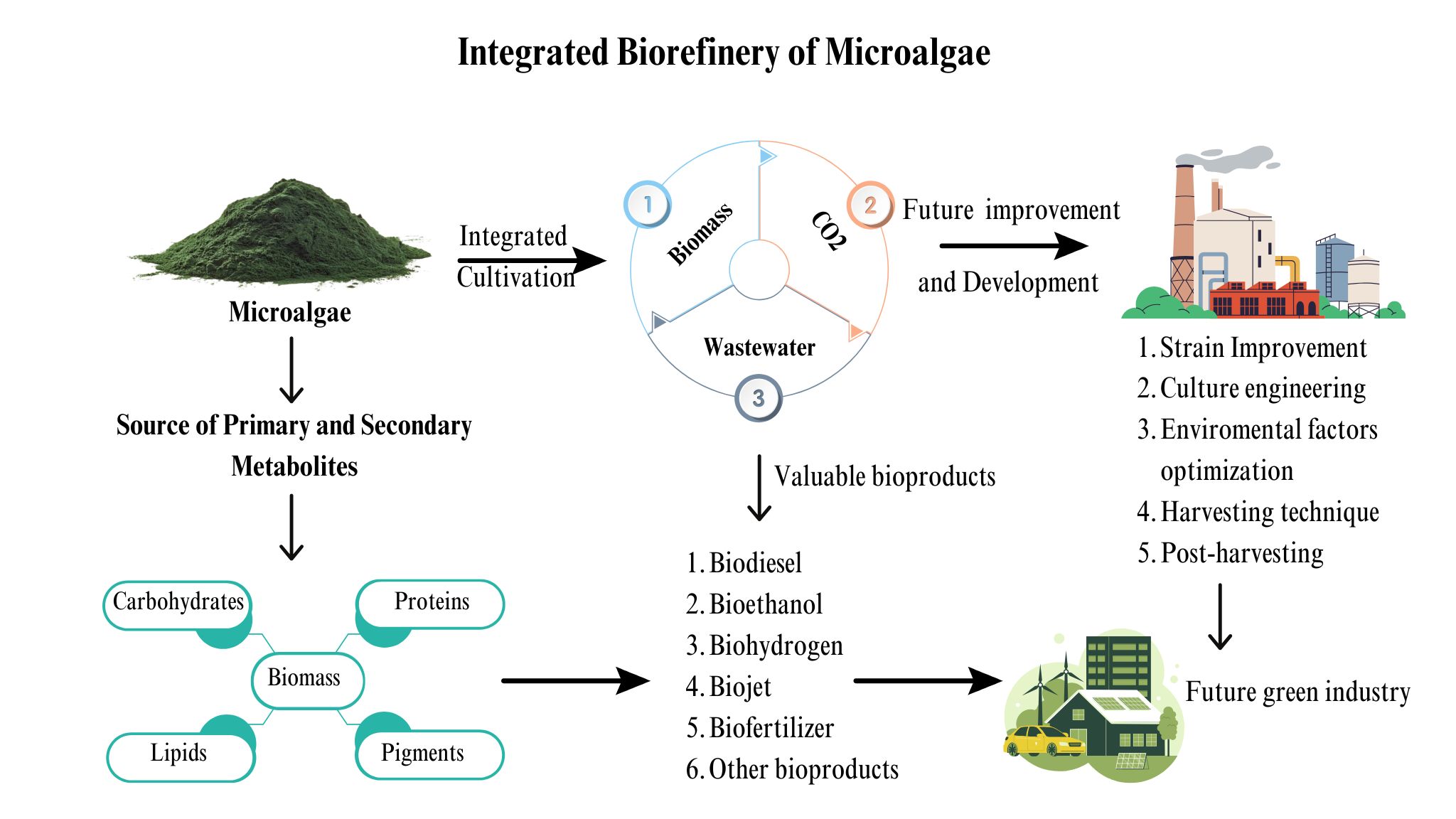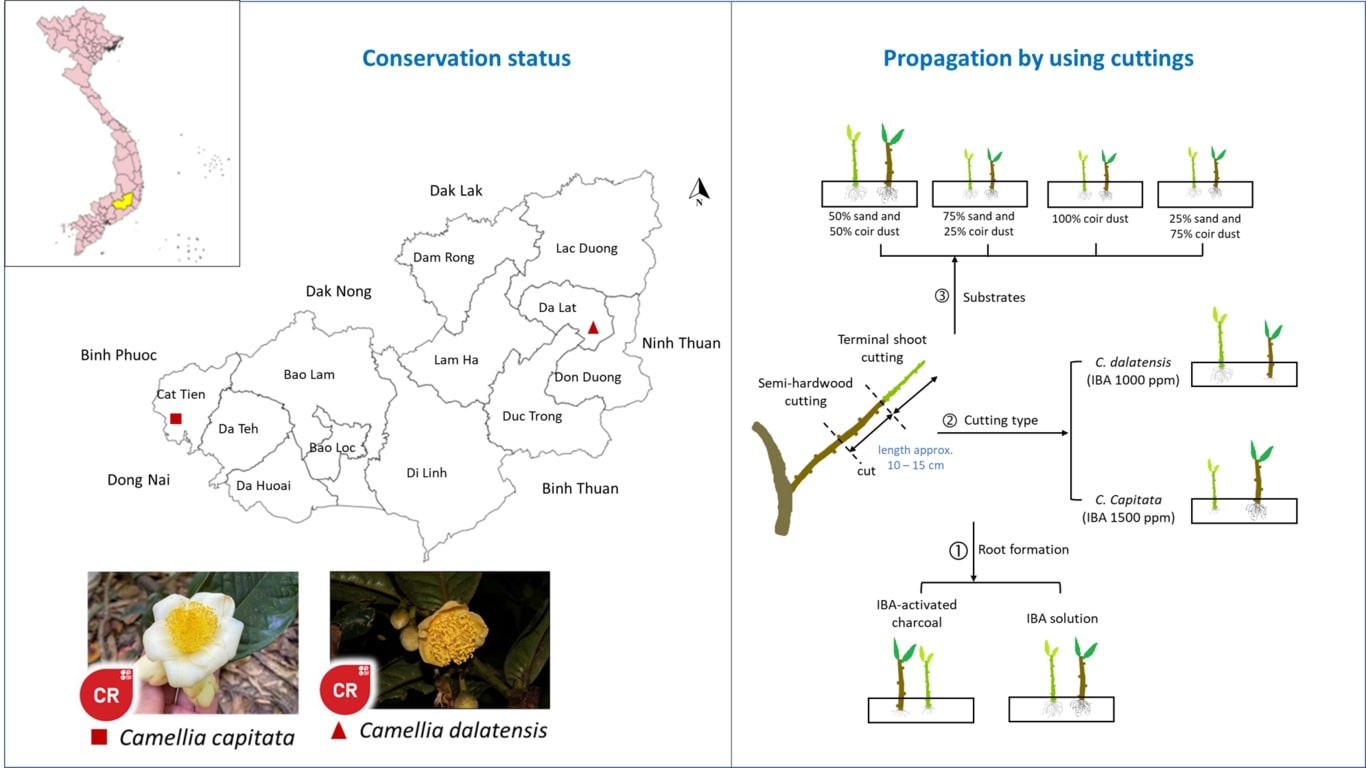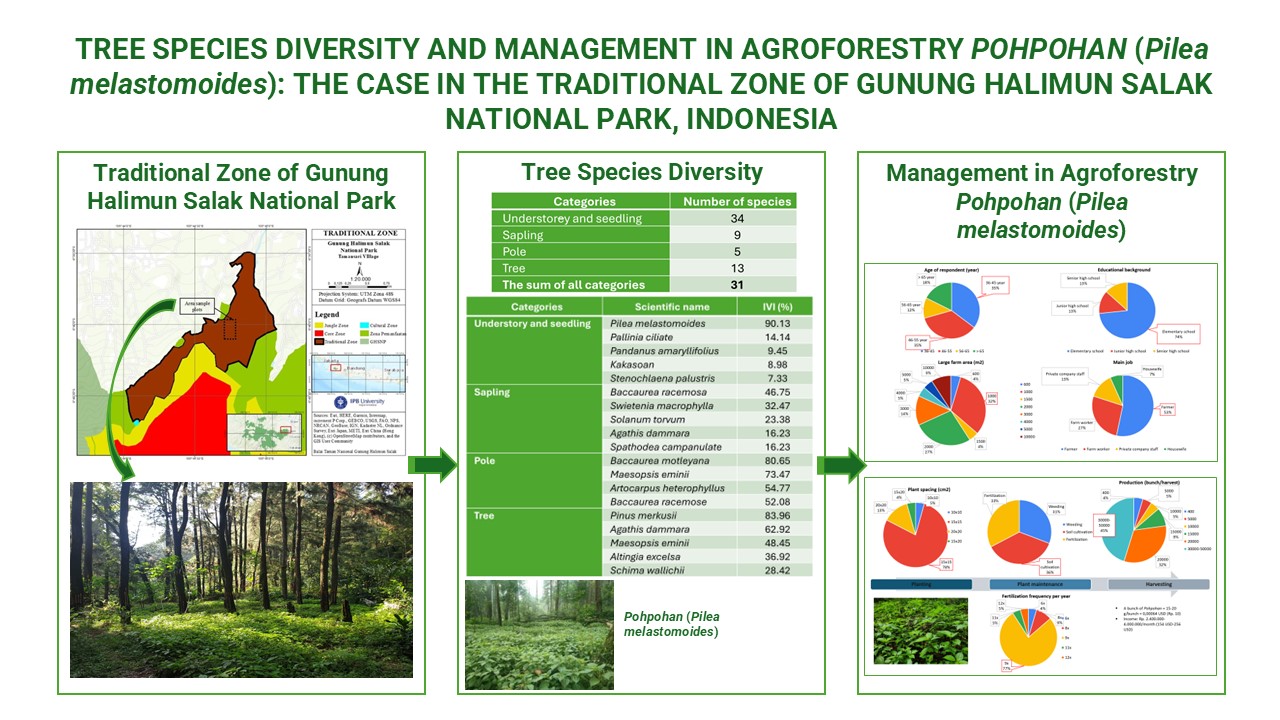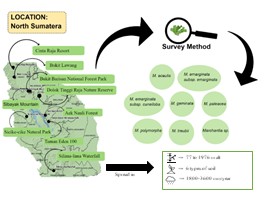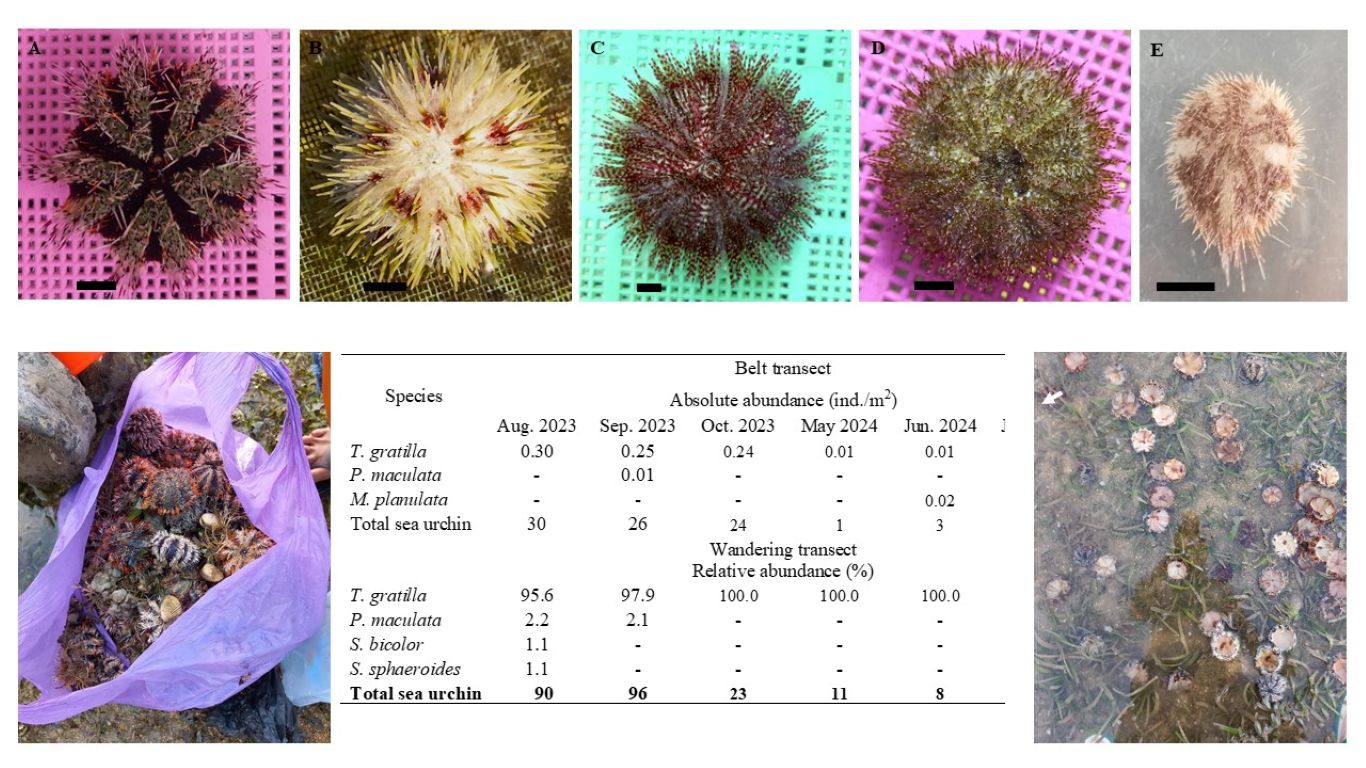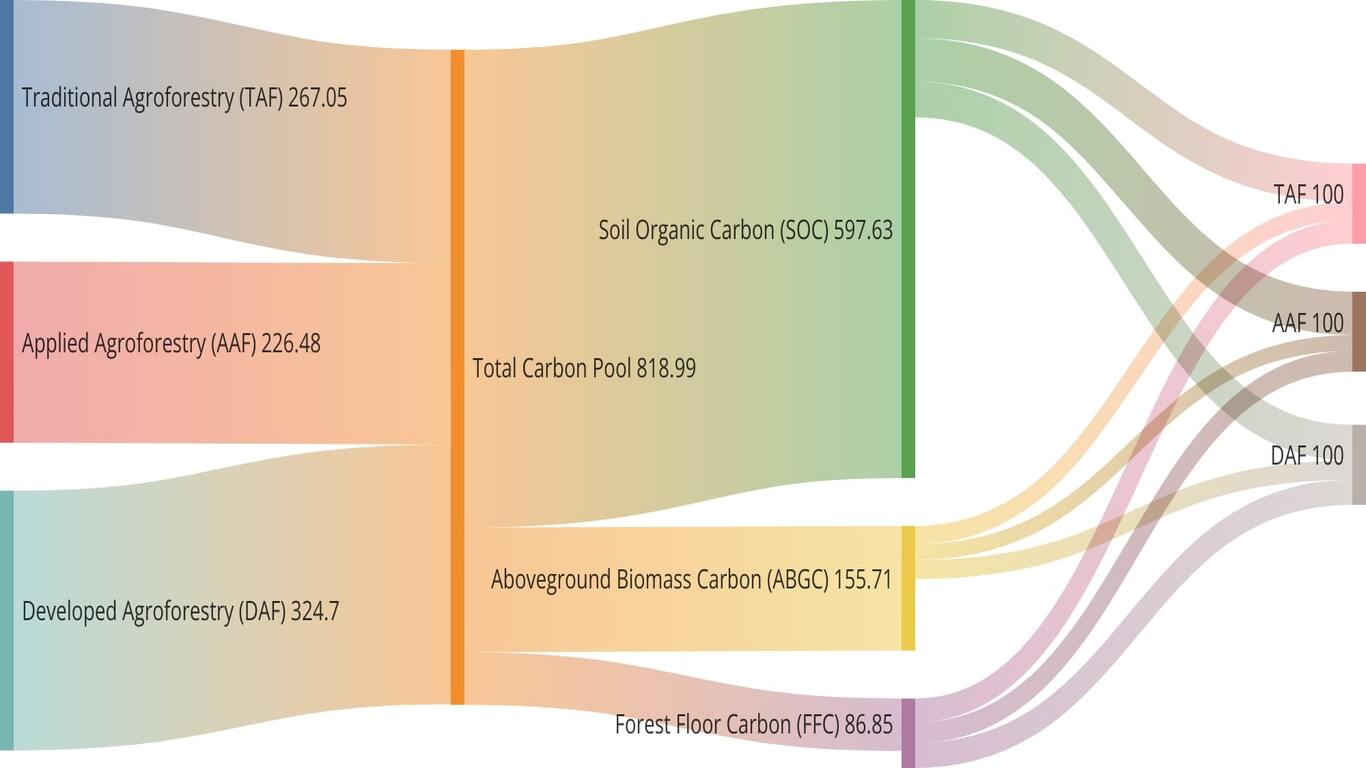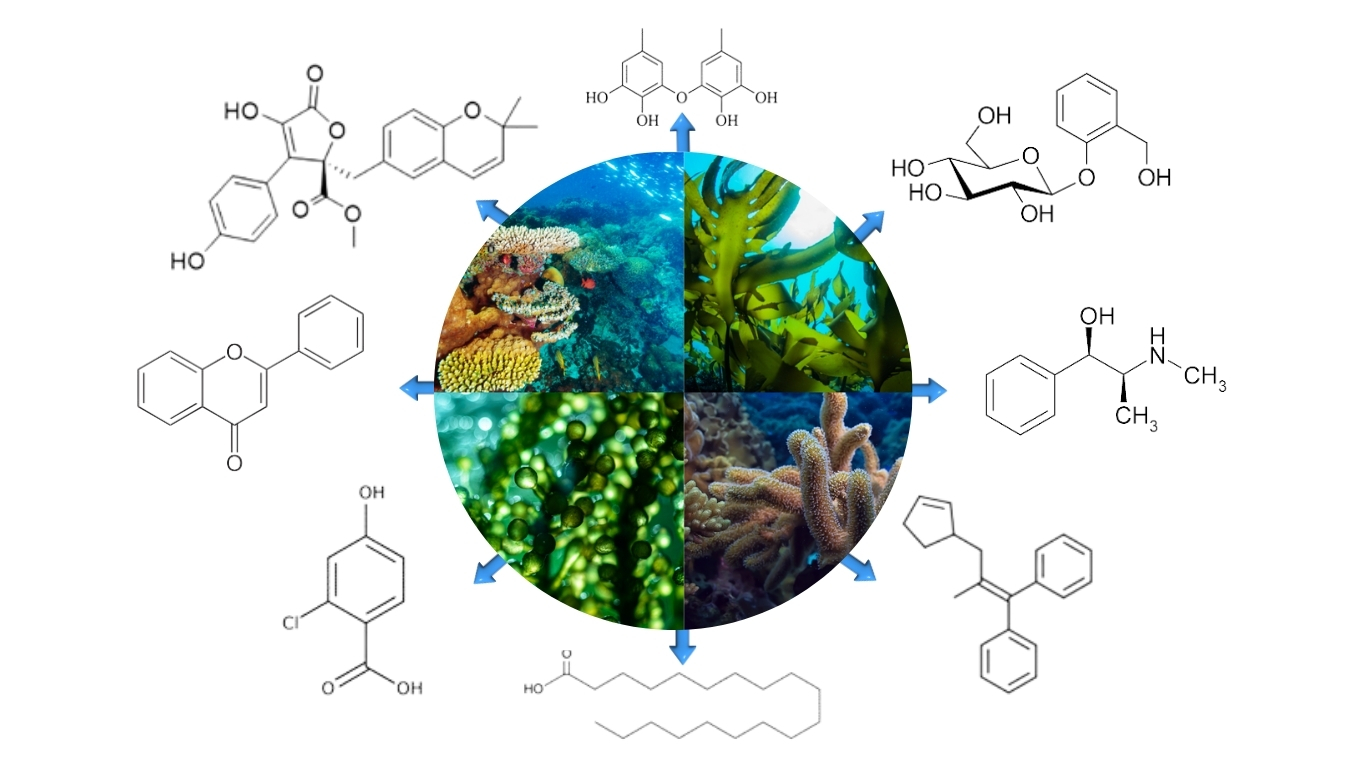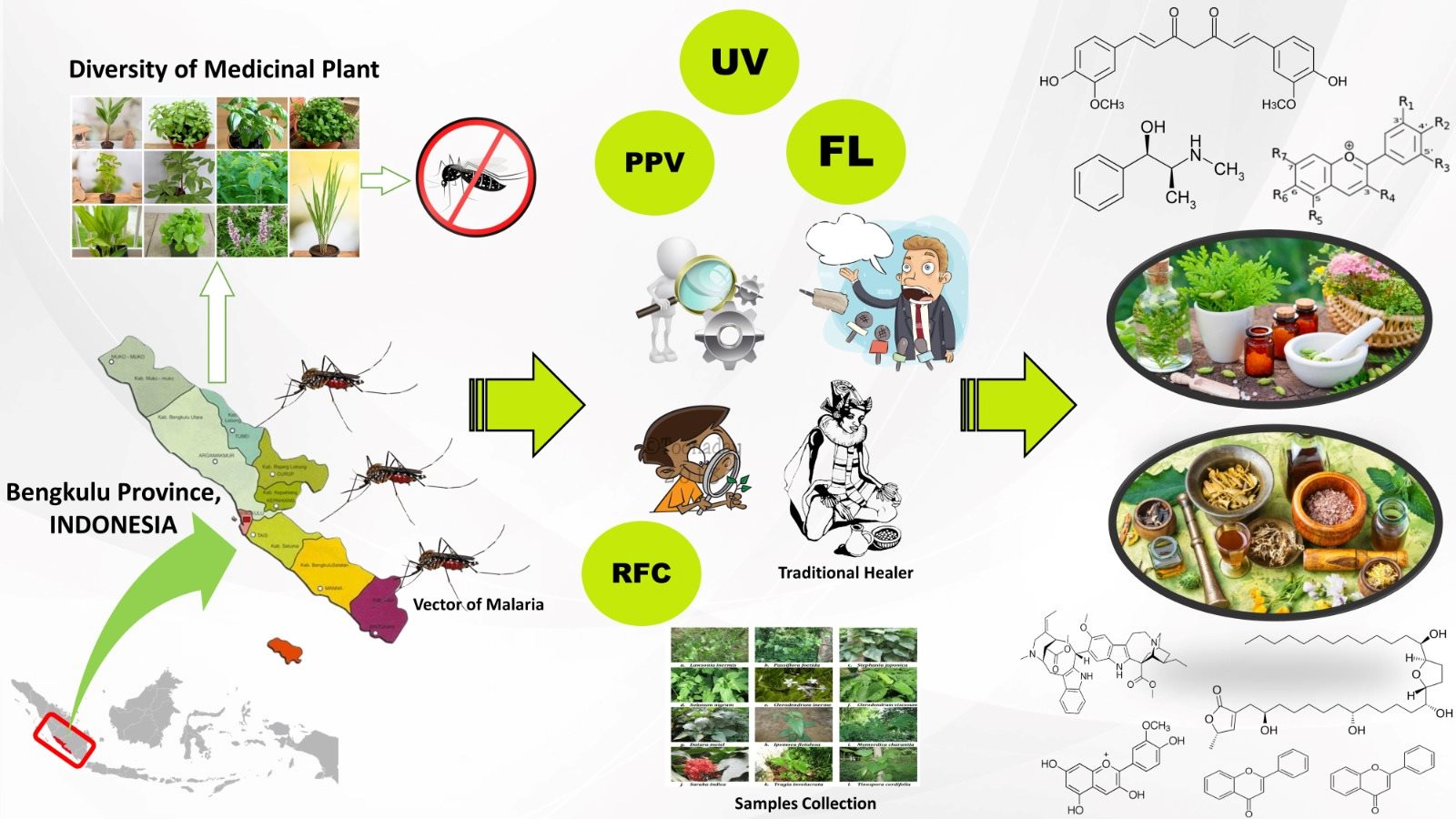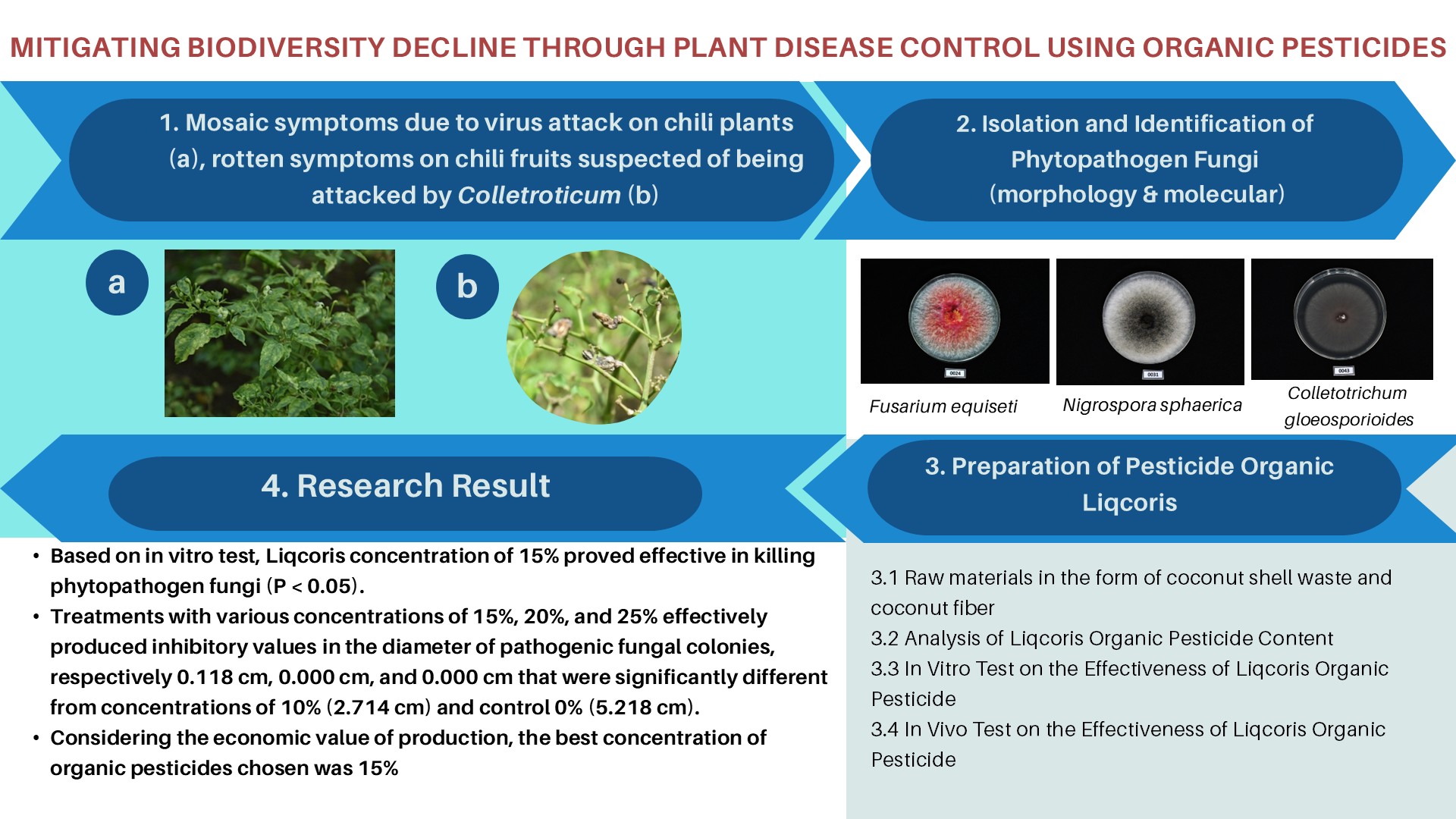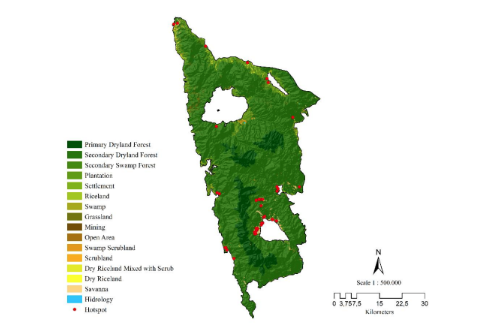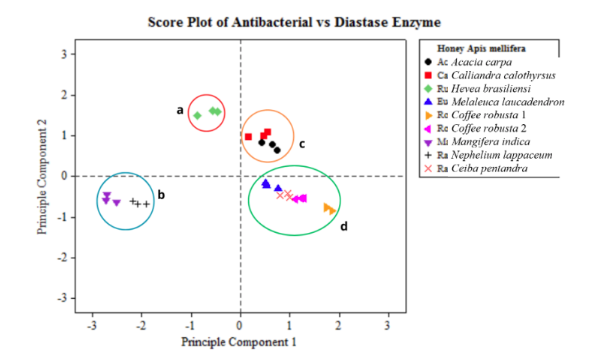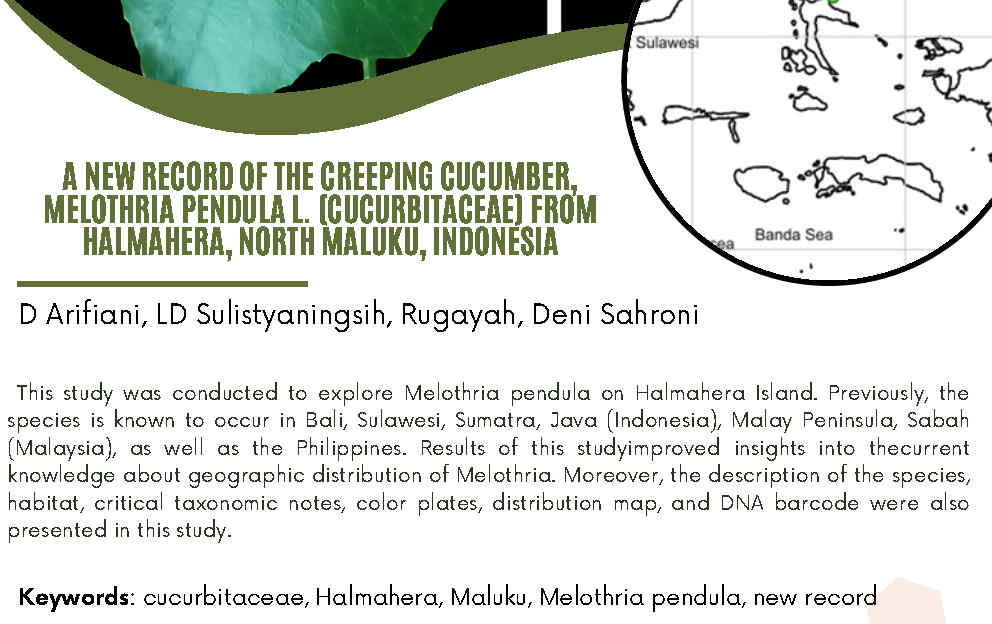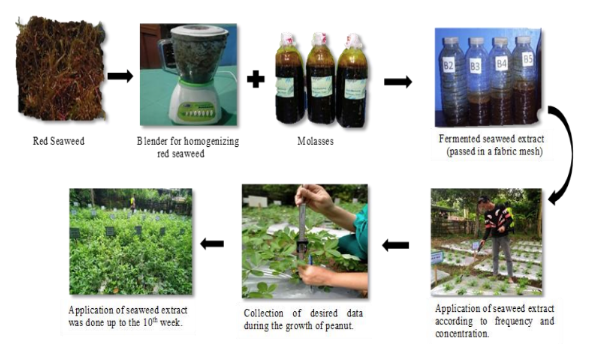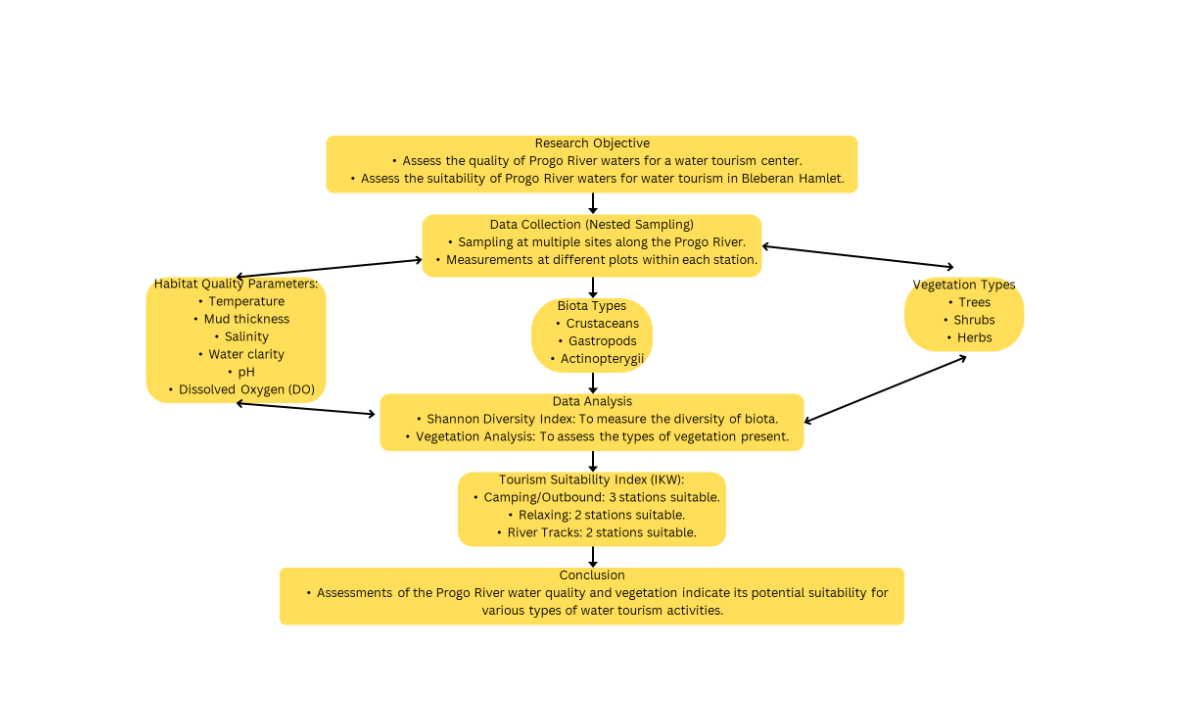ROLE OF MYCORRHIZA HELPER BACTERIA ON MYCORRHIZAL COLONIZATION AND NEMATODE Pratylenchus coffeae INFECTION
Downloads
The coffee nursery is susceptible to endoparasitic Pratylenchus coffeae. Application of biological method in the nursery is suggested to control the nematode population and maintain the seedling health. The objectives of this study were to observe the ability of Arbuscular Mycorrhiza Fungi (AMF) Glomus spp. and liquid inoculant of Mycorrhiza Helper Bacteria (MHB) consortium Pseudomonas diminuta and Bacillus subtilis for increasing AMF colonization and reducing the infection P. coffeae in Arabica coffee seedling and their growth. A pot experiment was conducted using a Completely Randomized Block Design with four treatments and five replications. The treatments were Glomus spp. spore inoculation without and with two concentrations of MHB. The control treatment did not receive Glomus spp. and MHB. The seedlings were growing in the greenhouse for three months. The results indicated that Glomus spp. and MHB consortium significantly reduced the nematode total number in soil and roots by approximately 30%; and infection degree of P. coffeae by 50%. The application of Glomus spp. significantly increased root colonization by mycorrhizal fungi, but MHB inoculation did not affect the mycorrhizal colonization. Seedlings treated with MHB had higher shoot length compared to the plant without MHB and control; but the leaves number and shoot dry weight of seedlings were not affected by all treatments. Even though the root fresh weight was reduced after MHB treatment, the lateral roots growth of MHB-treated seedling visually was improved. The experiment demonstrated that MHB was efficient to reduce P. coffeae infection of Arabica seedling.
Downloads

This work is licensed under a Creative Commons Attribution-NonCommercial-NoDerivatives 4.0 International License.
Authors who publish with this journal agree with the following terms:
- Authors retain copyright and grant the journal right of first publication, with the work 1 year after publication simultaneously licensed under a Creative Commons attribution-noncommerical-noderivates 4.0 International License that allows others to share, copy and redistribute the work in any medium or format, but only where the use is for non-commercial purposes and an acknowledgement of the work's authorship and initial publication in this journal is mentioned.
- Authors are able to enter into separate, additional contractual arrangements for the non-exclusive distribution of the journal's published version of the work (e.g., post it to an institutional repository or publish it in a book), with an acknowledgement of its initial publication in this journal.
- Authors are permitted and encouraged to post their work online (e.g., in institutional repositories or on their website) prior to and during the submission process, as it can lead to productive exchanges, as well as earlier and greater citation of published work (See The Effect of Open Access).









